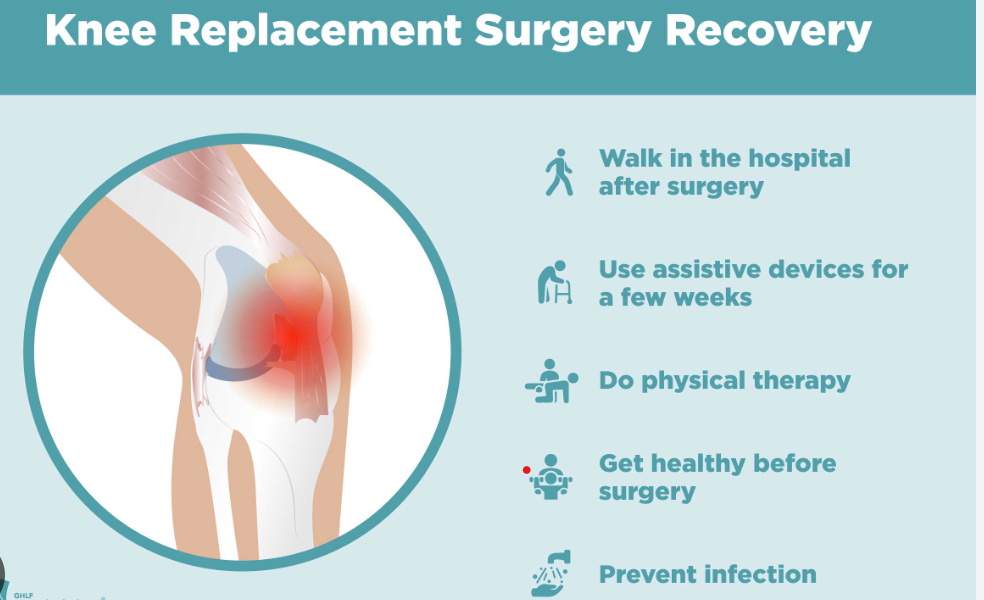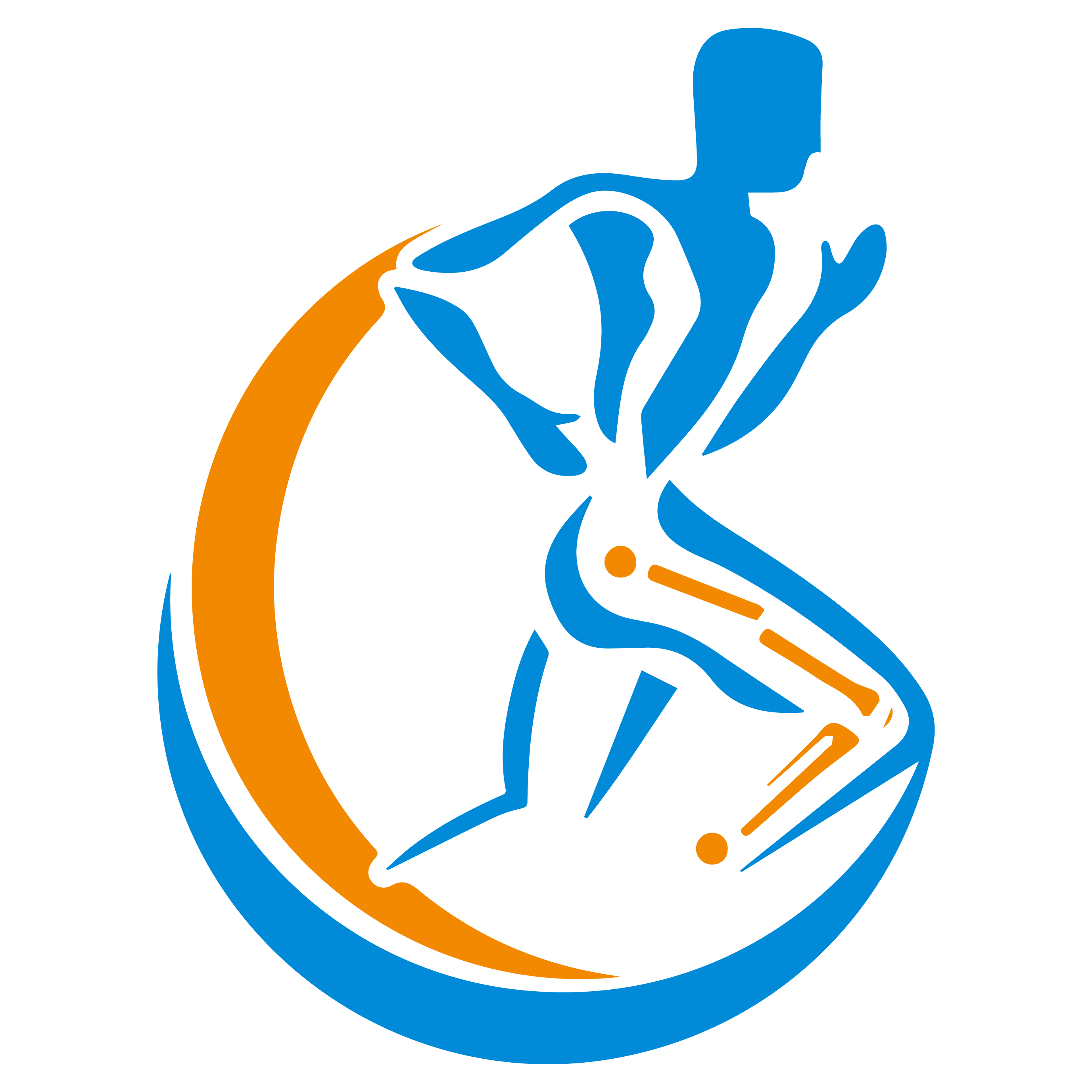+919632569999

This is your website preview.
Currently it only shows your basic business info. Start adding relevant business details such as description, images and products or services to gain your customers attention by using Boost 360 android app / iOS App / web portal.
RECOVERY AFTER TOTAL KNEE REPLACEMENT Recovery af...

RECOVERY AFTER TOTAL KNEE REPLACEMENT Recovery after total knee replacement (TKR) is a critical phase that involves several steps to ensure proper healing and regain function. Here’s an overview of what to expect during the recovery process: -Immediate Post-Operative Period (First Few Days) Hospital Stay: Most patients stay in the hospital for 1 to 3 days after surgery. During this time, you will be monitored for any complications. -Pain Management: Pain control is important. You may receive medications, including opioids, nonsteroidal anti-inflammatory drugs (NSAIDs), and possibly nerve blocks. -Physical Therapy: Physical therapy typically begins within 24 hours post-surgery. This may include gentle range-of-motion exercises and gradually increasing mobility. Early Recovery (First 1 to 2 Weeks) -Swelling and Bruising: It's common to experience swelling and bruising around the knee. Elevating the leg and using ice can help manage this. -Walking Aids: You may use a walker, crutches, or a cane to assist with mobility as you regain strength. -Continued Therapy: Physical therapy will continue, focusing on strengthening exercises, improving range of motion, and enhancing balance. Mid-Recovery (2 to 6 Weeks) -Increased Activity: Gradually, you’ll be able to increase your activity levels, transitioning from walking aids to walking independently. -Physical Therapy: Expect to attend therapy sessions 1-3 times a week. Home exercises will also be crucial. -Pain Management: Pain and swelling should decrease over time, but it’s normal to experience some discomfort, especially after therapy sessions. Long-Term Recovery (6 Weeks to 6 Months) -Full Range of Motion: Most patients achieve significant improvement in mobility and pain levels within 6 months, but complete healing may take up to a year. -Strengthening: Continued physical therapy will focus on strengthening the muscles around the knee, improving endurance, and enhancing functional activities. -Return to Activities: Many patients can return to daily activities, including walking, swimming, and cycling. High-impact sports may be discouraged. Important Considerations -Follow-Up Appointments: Regular follow-ups with your surgeon are essential to monitor healing and adjust rehabilitation as needed. -Signs of Complications: Be aware of signs of complications, such as increased pain, swelling, fever, or redness around the incision. Contact your healthcare provider if you notice any concerning symptoms. -Patience and Progress: Recovery can vary significantly from person to person. Staying committed to rehabilitation and following your healthcare team's advice is crucial for a successful outcome. Conclusion Recovery from total knee replacement is a gradual process that involves pain management, physical therapy, and patience. With proper care and adherence to a rehabilitation plan, most patients can expect to regain significant function and enjoy improved quality of life.

